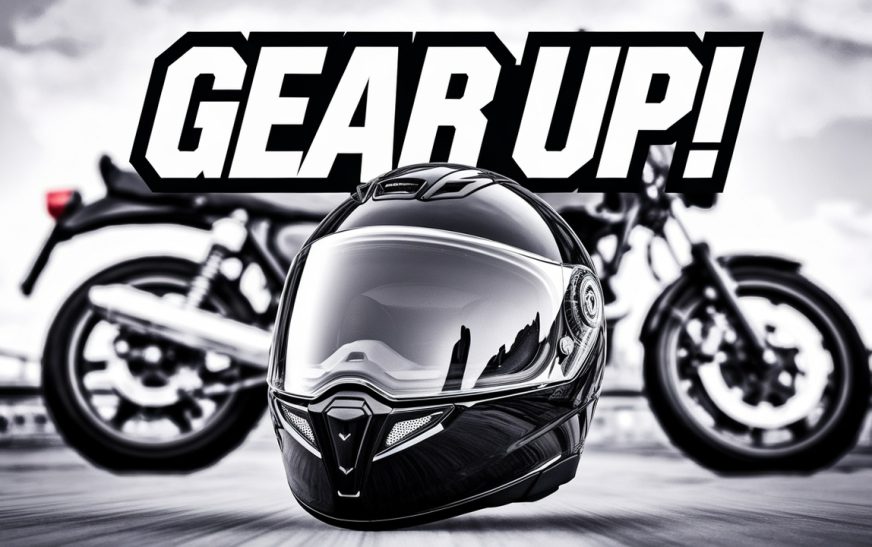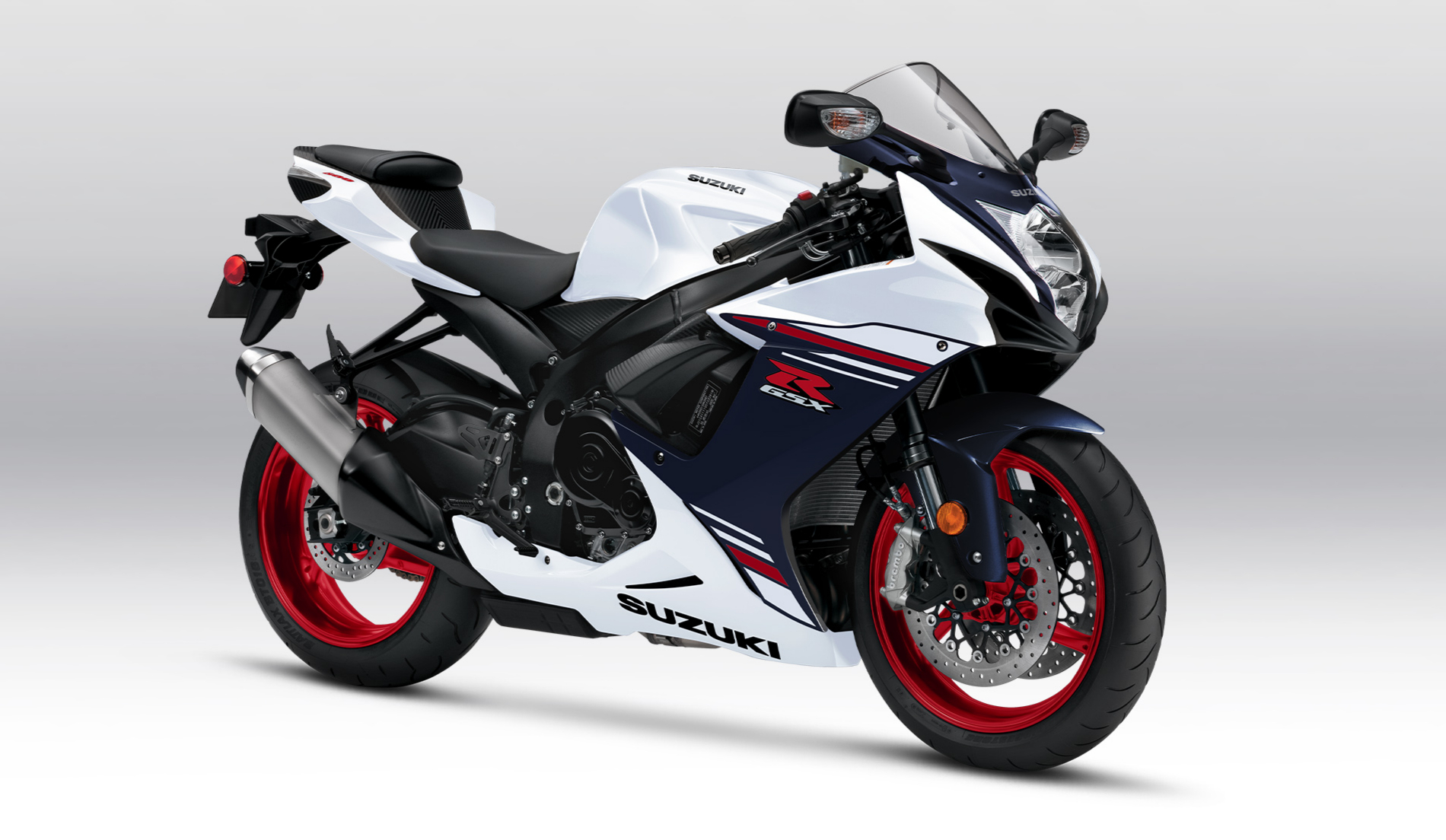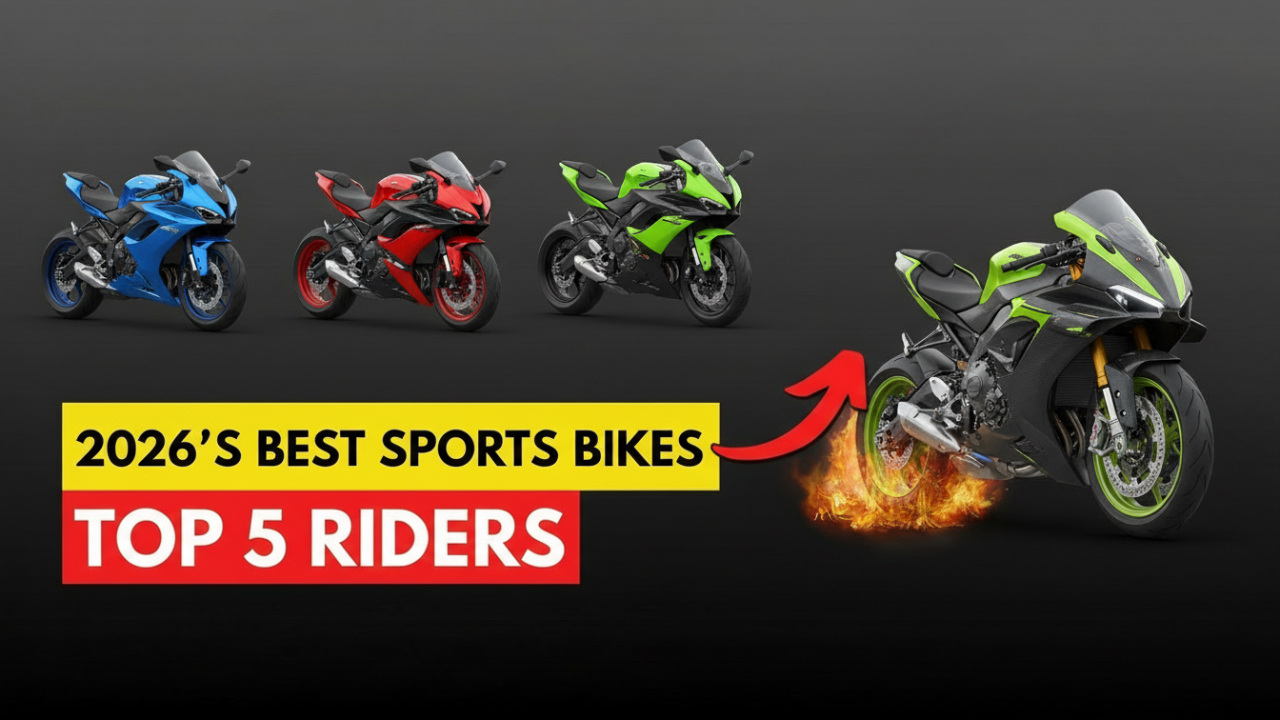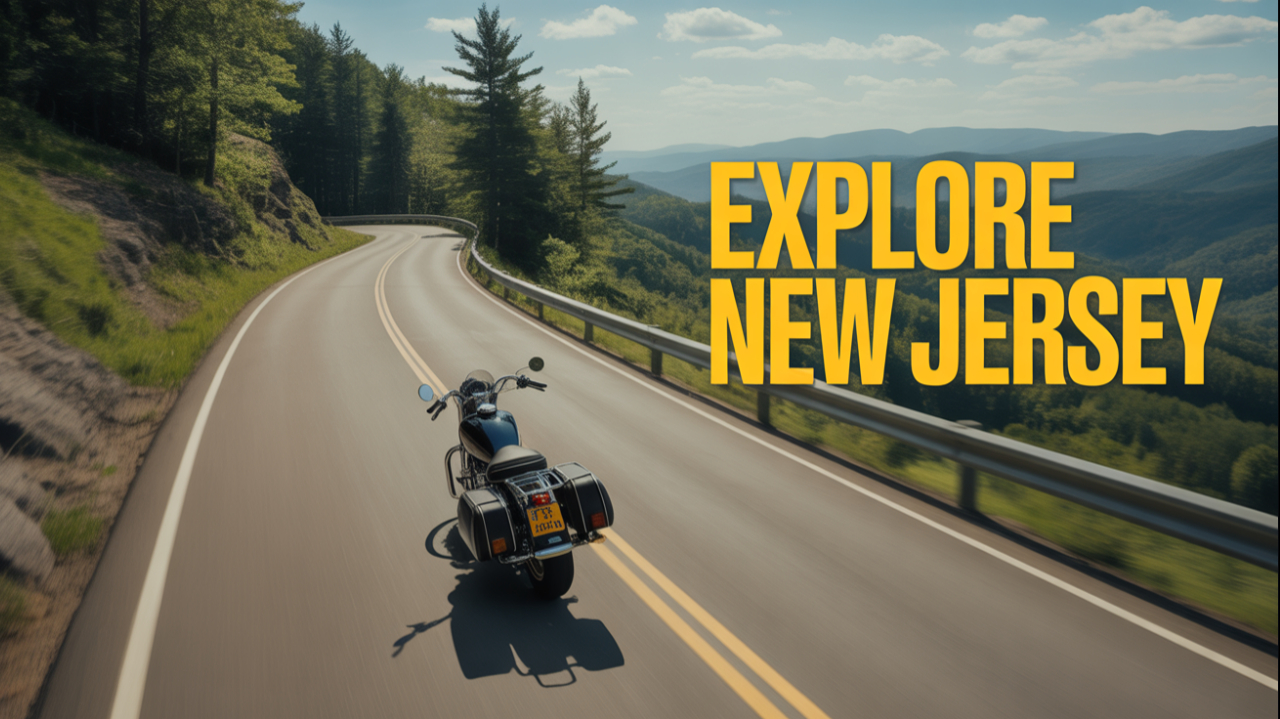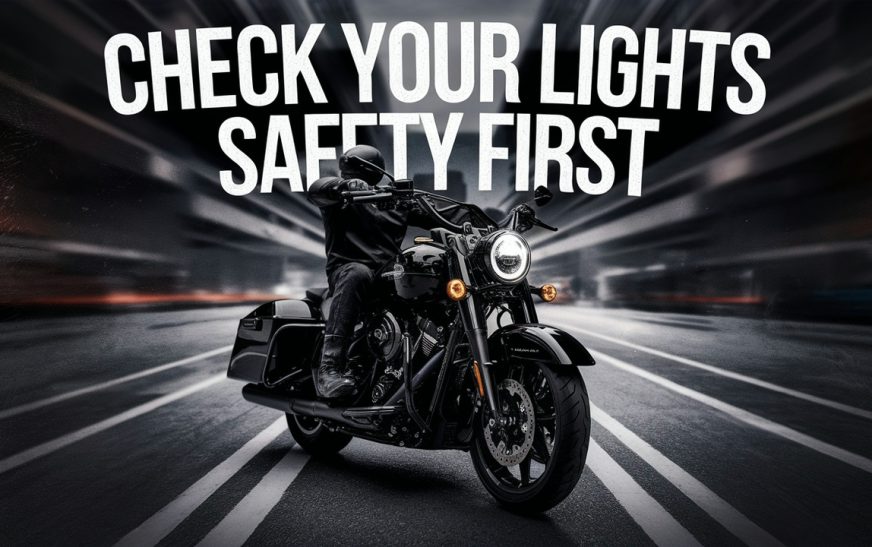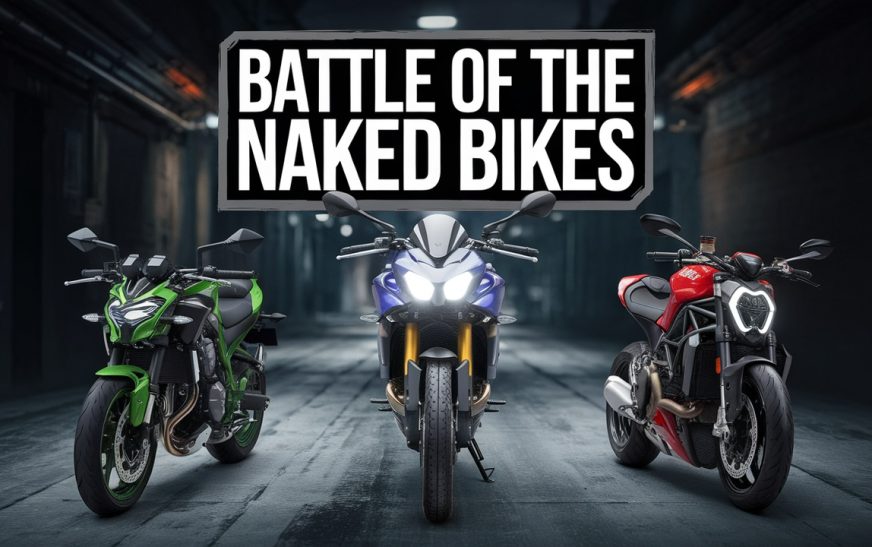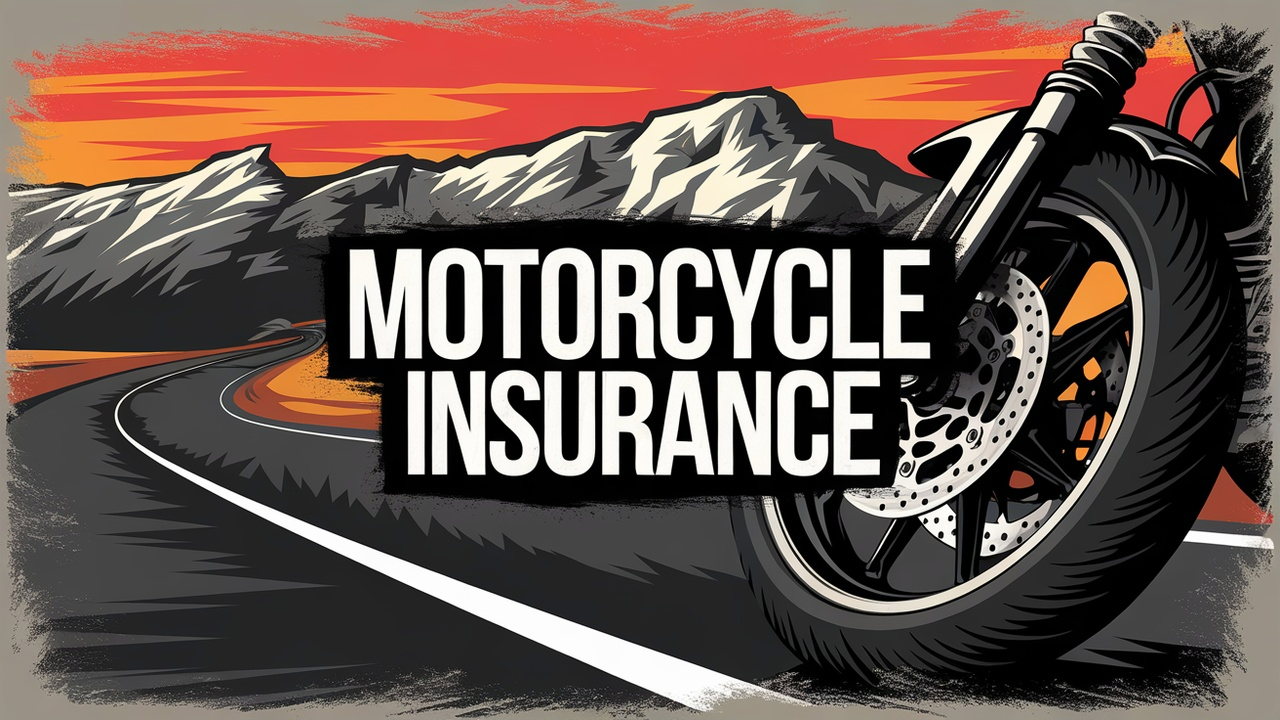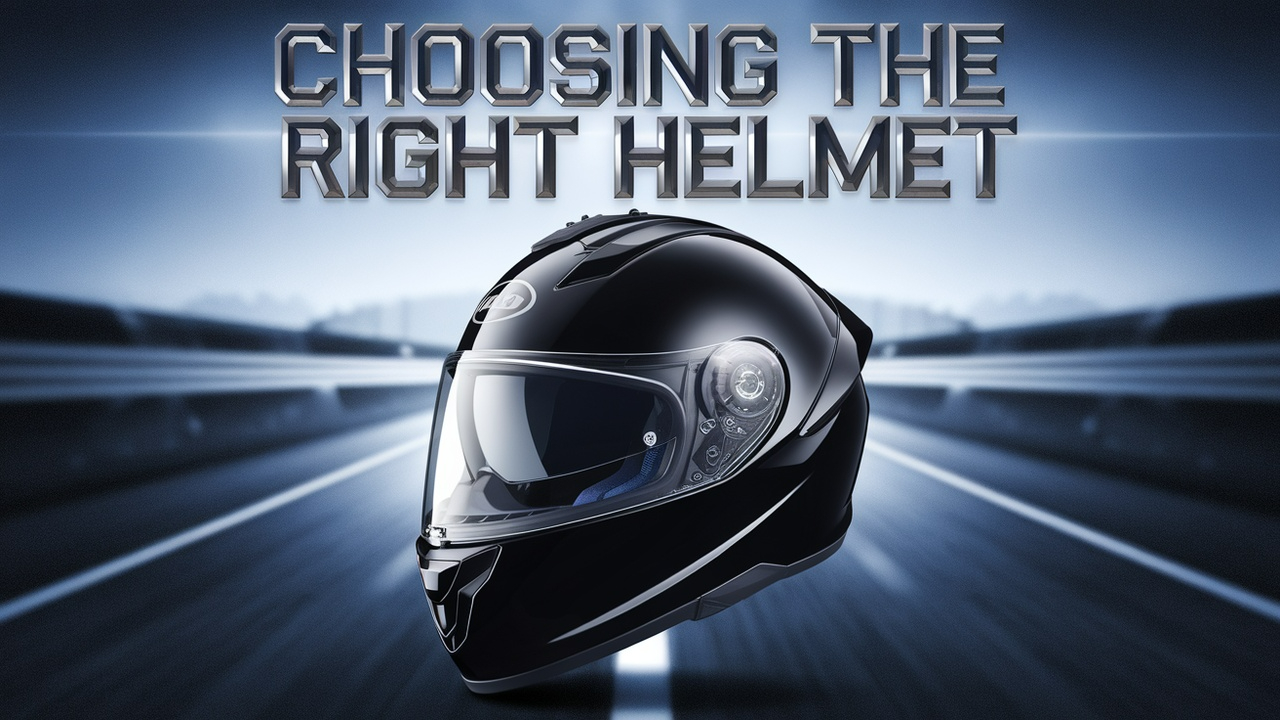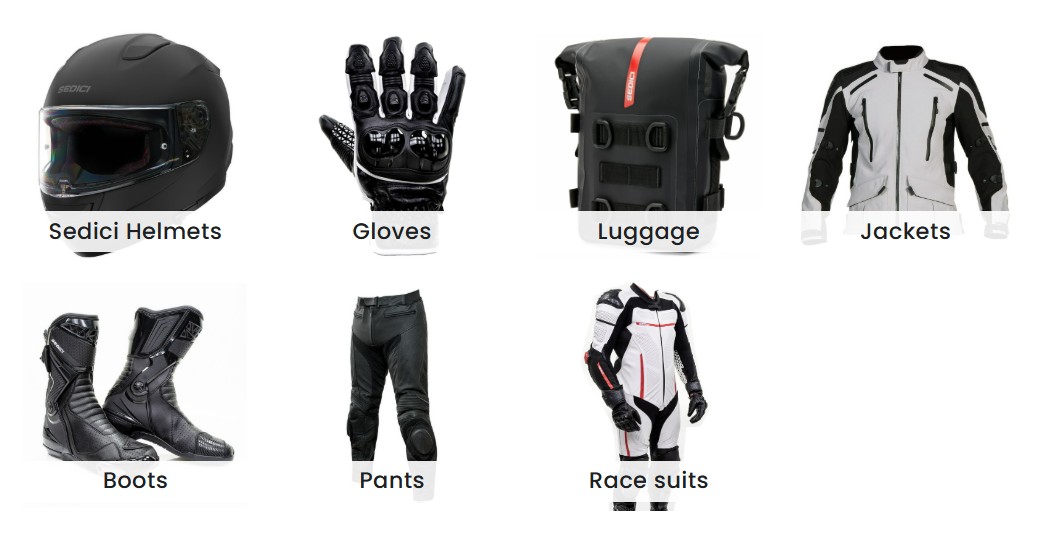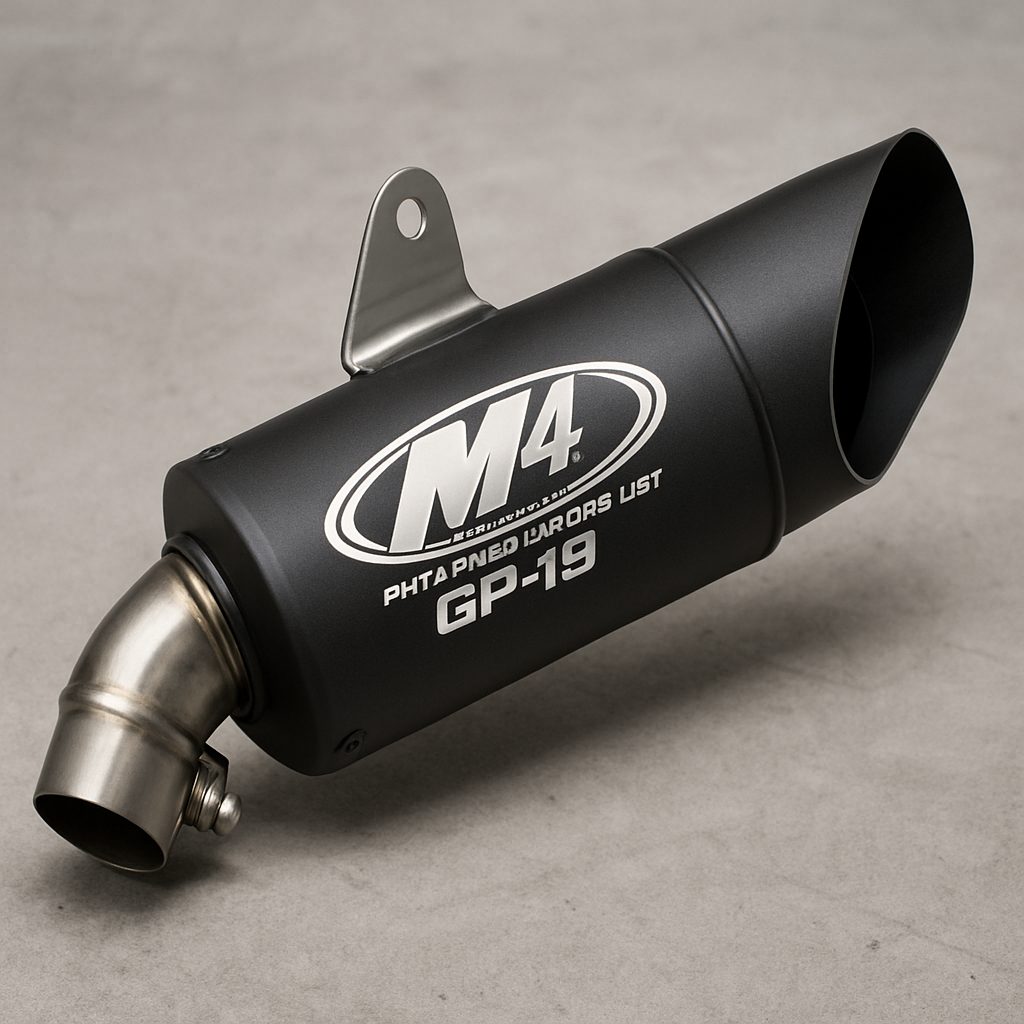Essential Gear
Motorcycle riding is an exhilarating experience that offers unparalleled freedom on the open road. However, it also comes with inherent risks, as riders are more exposed to the elements and potential accidents than those in cars. To mitigate these risks and ensure safety, comfort, and protection, essential motorcycle gear is a must for every rider. The right gear can make a substantial difference in the event of an accident, helping to minimize injury and improve the overall riding experience. Motorcycle gear falls into several categories: protective gear, clothing for comfort, and accessories that enhance both safety and convenience. These categories include helmets, jackets, gloves, pants, boots, armor, and other protective equipment, as well as additional gear like rain gear, riding glasses, and hydration systems. This comprehensive overview of essential motorcycle gear explores each component in detail, helping riders understand the importance of each item and how it contributes to a safer, more comfortable ride.
Helmets: The First Line of Defense
The most crucial piece of gear that any motorcyclist can wear is a helmet. It is legally required in many parts of the world, and for good reason—helmets offer protection to the head, which is the most vulnerable part of the body in the event of a crash. The role of the helmet is to absorb impact forces, protect the skull, and reduce the likelihood of head injuries, such as concussions or skull fractures. There are several types of helmets, each designed for different riding styles and preferences. Full-face helmets provide the most comprehensive protection, covering the entire head, including the chin and face. These helmets are favored by sport riders, cruisers, and touring riders because they offer maximum protection. Open-face helmets, which cover the top, back, and sides of the head but leave the face exposed, are popular among riders in warmer climates or those who prefer a more lightweight design. Modular helmets offer the flexibility of an open-face design but can be converted to a full-face helmet when needed. Off-road helmets, also known as dirt bike helmets, provide additional ventilation and a larger face shield, suitable for riders who tackle rough terrains. When selecting a helmet, riders should ensure that it meets safety standards, such as those set by the DOT (Department of Transportation) in the U.S., ECE (Economic Commission for Europe) in Europe, or Snell certification, which indicates a higher level of protection.
Jackets: Protection and Comfort in One
Motorcycle jackets are designed to provide both protection and comfort. They protect the rider’s torso and arms from abrasions, impact, and weather conditions, while also offering a layer of insulation against the wind. Leather jackets have been a staple in the motorcycle world due to their durability and abrasion-resistant properties. High-quality leather jackets can withstand a lot of wear and tear, and in the event of a crash, they provide a solid barrier between the skin and the road. Modern textile jackets, made from materials like Cordura, nylon, or Kevlar, are also popular because they are lightweight, breathable, and often come with additional features such as water resistance or ventilation panels. These jackets are designed with armor or padding at key areas, such as the shoulders, elbows, and back, which help to absorb impact energy. Many jackets come with removable liners for different weather conditions and additional layers for warmth in cooler climates. For riders who enjoy long-distance touring, jackets with pockets, reflective panels, and weatherproof features are particularly useful, ensuring comfort and practicality throughout the ride.
Gloves: Hand Protection and Grip
Motorcycle gloves are another essential piece of gear, designed to protect the hands, wrists, and fingers. In the event of a crash, the hands are often the first body part to hit the ground, so gloves can be lifesavers in preventing abrasions, broken bones, and even more serious injuries. Gloves also offer comfort by improving grip on the handlebars, reducing vibration, and providing insulation against the wind and cold. Motorcycle gloves come in various styles, including full-fingered and fingerless options, with different levels of padding and protection. Sport and racing gloves tend to have more padding in the knuckles and palms, with reinforced stitching for added durability. Touring gloves often feature waterproof linings, ventilation panels, and ergonomic designs for all-day comfort. In colder weather, heated gloves or those with thermal linings are invaluable for maintaining warmth and dexterity. When choosing gloves, riders should look for a snug fit that doesn’t impede movement while also ensuring sufficient protection in high-risk areas, such as the knuckles and palms.
Pants: Leg Protection and Comfort
While many riders wear jeans, they are not ideal for motorcycle riding due to their lack of protection in the event of a crash. Motorcycle pants are specifically designed to offer protection against abrasion, impact, and the elements. Like jackets, pants are made from either leather or textile materials, with reinforced areas at high-risk points like the hips, knees, and shins. Leather pants are favored by many sport and cruiser riders due to their durability and abrasion resistance, while textile pants are often preferred by touring riders for their lighter weight, breathability, and water-resistant properties. Some motorcycle pants come with built-in armor at the knee and hip areas to absorb impact in case of a fall. Riding pants often feature adjustable waistbands and reinforced seams for added comfort and durability. Additionally, many motorcycle pants come with removable liners for adjusting to varying weather conditions. In the colder months, thermal pants or thermal liners can provide much-needed warmth, while ventilation panels in the summer allow for airflow and comfort.
Boots: Foot and Ankle Protection
Motorcycle boots play a crucial role in protecting the feet, ankles, and lower legs. In the event of a crash, the feet and ankles are especially vulnerable to injury, so boots are designed to offer superior protection in these areas. High-quality motorcycle boots provide a solid structure that shields the foot and ankle from impact, abrasions, and twists. Many boots have reinforced toe boxes, ankle guards, and shin protectors to prevent injury. In addition to protection, motorcycle boots should also offer comfort and support for long rides. Touring boots are designed to provide comfort during extended hours in the saddle, often featuring cushioned insoles and adjustable straps. Sport boots, on the other hand, offer more rigid support and are often equipped with additional ankle protection and ventilation to cater to the demands of high-speed riding. Off-road or dirt bike boots are particularly rugged, offering extra coverage and support for riders navigating rough terrain. In addition to their protective features, motorcycle boots should be slip-resistant and provide adequate grip on the foot pegs and pedals.
Armor: Impact Protection
Armor is an important addition to motorcycle gear, often integrated into jackets, pants, and suits. It is designed to protect the rider from impact injuries in the event of a crash or fall. Armor is typically made from materials like foam, plastic, or carbon fiber, and it is placed in key areas of the body, such as the back, chest, shoulders, elbows, hips, and knees. The most common type of armor used in motorcycle gear is CE-certified armor, which meets European safety standards for impact protection. CE-rated armor is categorized into different levels, with Level 1 offering basic protection and Level 2 providing a higher level of impact absorption. Some high-end motorcycle suits and jackets come with advanced armor made of materials like D3O, which offers superior flexibility and impact resistance. Armor provides riders with a sense of security, knowing that vital areas of the body are shielded from potential harm.
Additional Gear: Rain Gear, Hydration, and Riding Glasses
In addition to the core protective gear, several other items can enhance the comfort, convenience, and safety of a motorcycle ride. Rain gear is essential for riders who venture out in wet conditions. Motorcycle-specific rain suits are designed to be lightweight, breathable, and waterproof, ensuring that the rider stays dry without sacrificing mobility or comfort. Similarly, hydration systems, often integrated into backpacks or jackets, can be invaluable for long rides or in hot weather, allowing riders to stay hydrated without having to stop frequently. Riding glasses or goggles are necessary for riders who are exposed to dust, debris, and strong winds. These glasses protect the eyes from irritation and ensure clear vision, improving overall safety. Riders who wear helmets with face shields can also benefit from anti-fog or tinted shields to enhance visibility and comfort in varying weather conditions.
Conclusion: The Importance of Wearing Essential Gear
In conclusion, essential motorcycle gear is not just about comfort; it is about ensuring safety, protection, and longevity for the rider. Each piece of gear, from helmets to boots, serves a distinct purpose in protecting the rider from the inherent risks of motorcycling. Helmets protect the head, jackets and pants guard the body, gloves ensure hand safety, and boots shield the feet and ankles. Armor provides extra protection at critical points, while additional accessories like rain gear, hydration systems, and riding glasses offer comfort and convenience. Whether riding on highways, off-road trails, or city streets, wearing the appropriate gear is essential for a safe and enjoyable riding experience. Riders should always invest in high-quality gear that meets safety standards, as it can significantly reduce the severity of injuries in the event of a crash. Motorcycle gear is an investment in personal safety and can make a world of difference when it comes to protecting the rider and ensuring an enjoyable, worry-free journey.
Are you curious if the Yamaha R3 can outperform the R6? Please click here for further information.

